Hamstring Injuries: 9 Powerful Steps to Prevention
Hamstring injuries are common among runners, but there are steps and stretches you can take to reduce the risk of such injuries.
Hamstrings
The hamstring is comprised of three muscles, namely the biceps femoris, semitendinosus, and semimembranosus, which extend from the thigh to the knee along the posterior (back) side of the leg.
These muscles play a vital role in facilitating knee flexion and hip extension.
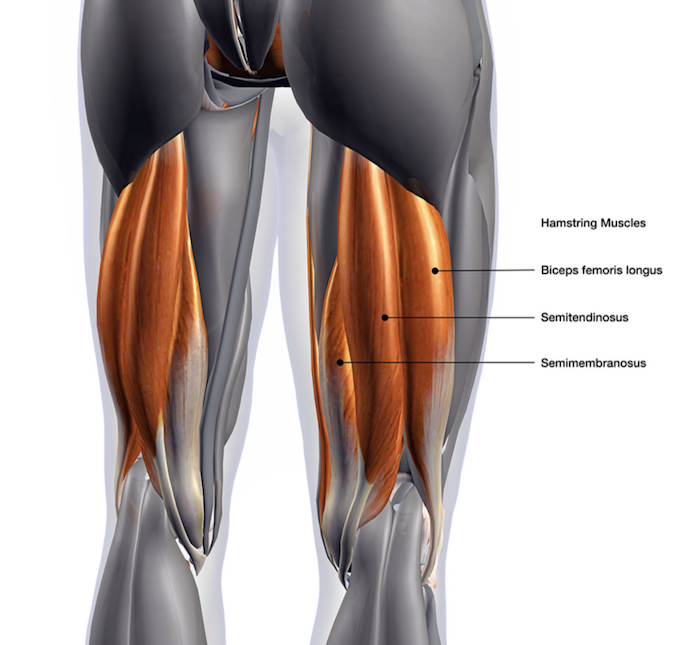
steps you can take to reduce the risk of Hamstring injuries
Here are some tips to help:
Gradual progressive overload

Progressive overload training involves gradually increasing the intensity and or difficulty of your training. Eg. Don’t go full blast to start with, build up to it gradually.
The goal of progressive overload is to maximise results by regularly challenging the body.
This is truly 101 for injury prevention in general. Particularly if you were born with a 19 in front of your birth year… Yes we are getting old.
CHANGE IT UP

Changing up your running routine gradually is essential for ensuring that your muscles and tendons can adapt effectively. When you constantly challenge your body with new stimuli, it allows for the development of strength, endurance, and flexibility.
By gradually increasing the intensity, duration, or distance of your runs, you give your muscles and tendons the opportunity to adjust and become more resilient.
Introducing gradual changes to your running routine helps to prevent overuse injuries that commonly occur when sudden and drastic changes are made.
strength training
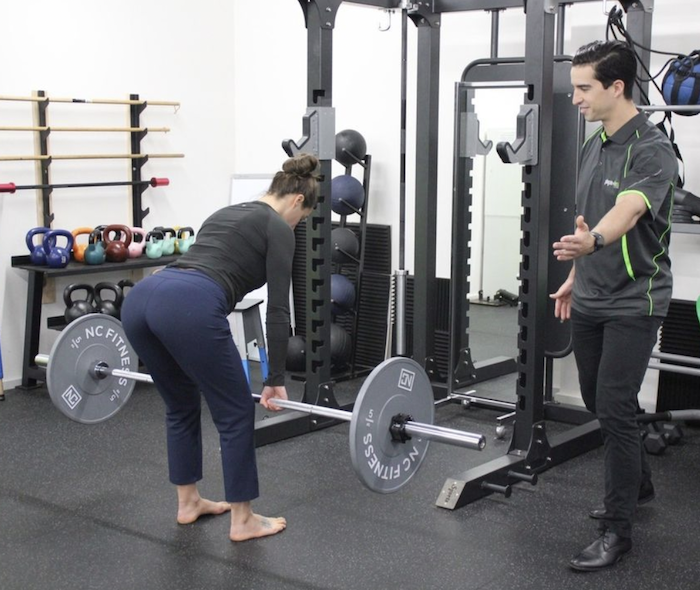
Incorporate strength training exercises specifically targeting the hamstrings into your training routine, which can reduce the risk of injury.
Examples include hamstring curls, bridges, and deadlifts.
Cross-training
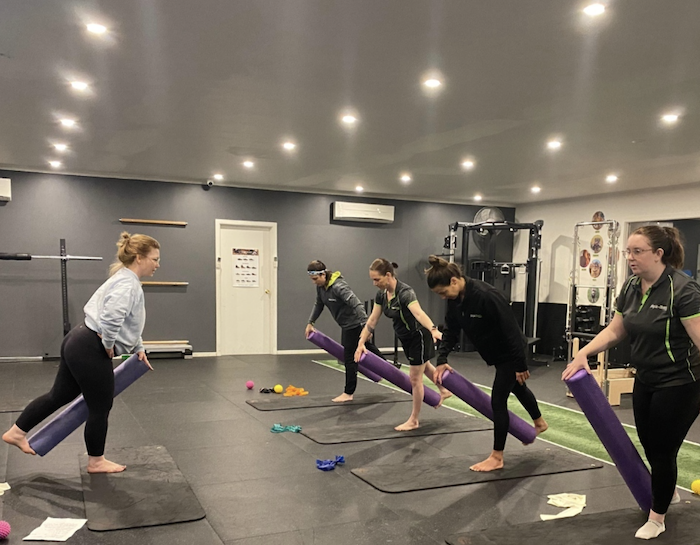
Cross-training activities utilize different activation patterns within the muscle tissue (which strengthens it in different ways).
Examples include;
- swimming
- cycling
- pilates
- yoga
These exercises can help improve overall strength and flexibility while giving your hamstrings a break from the impact of running.
My advice is to find something you enjoy!
Check your form
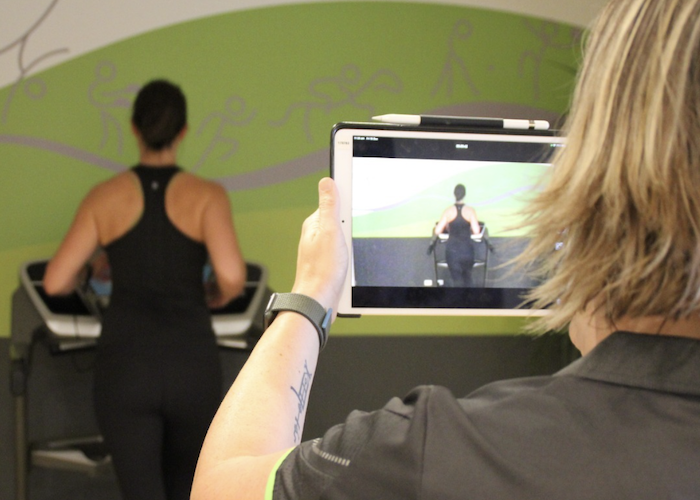
Your running technique will probably start to falter if you are tired or overreaching with your training.
So check in with your body during each run, if you are feeling sloppy, your form probably is!
A good point of measure is your cadence, if this drops, maybe you need a recovery week.
Stretch regularly
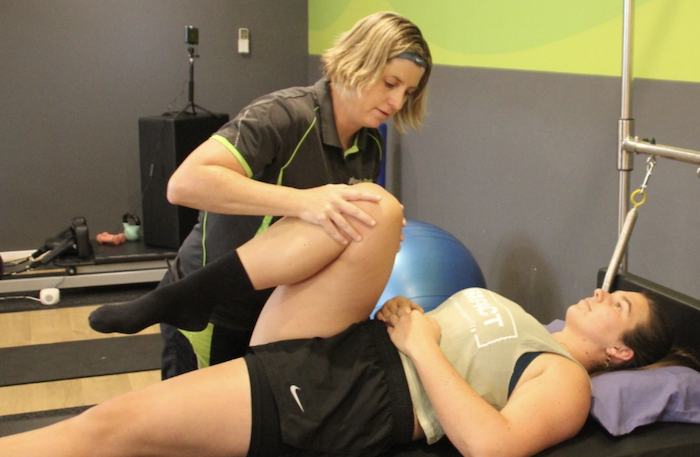
Stretching can help improve hamstring flexibility. Focus on the hamstrings themselves and the muscles surrounding them, including the glutes and hip flexors.
Stretching is a beneficial practice that can greatly enhance hamstring flexibility. By targeting not only the hamstrings themselves but also the surrounding muscles, such as the glutes and hip flexors, individuals can achieve comprehensive improvements in their flexibility and overall mobility.
When it comes to stretching the hamstrings, there are various techniques that can be employed. One commonly used stretch is the seated hamstring stretch, where individuals sit on the ground with their legs extended in front of them and gently reach forward to touch their toes.
This stretch primarily targets the hamstrings, helping to lengthen and loosen these muscles.
Listen to your body
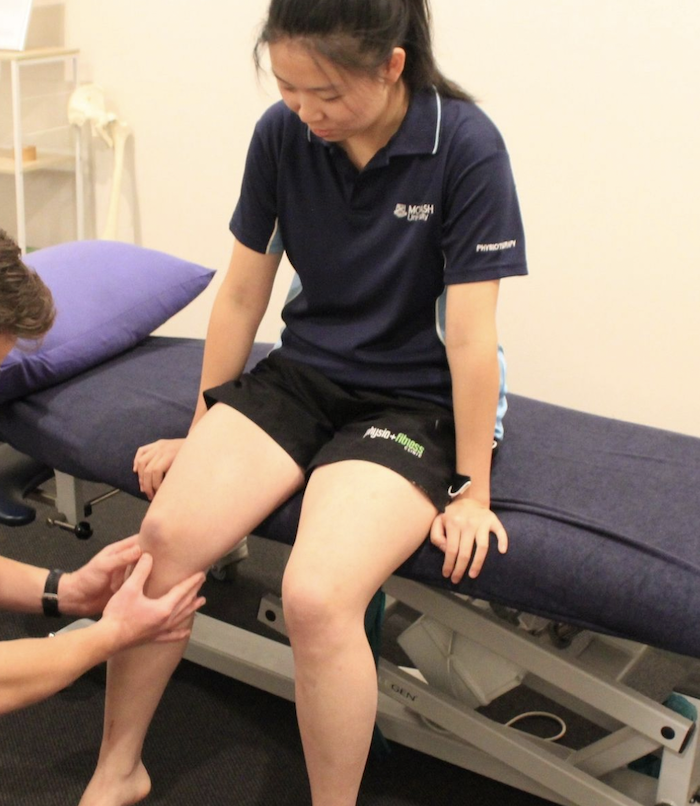
Listen to your body: If you feel sore, you should listen to it – your body is trying to get you to rest! Ignoring pain can lead to more severe injuries.
Soreness is often an indication that your muscles and tissues have been overworked or strained. By paying attention to this discomfort, you can prevent the situation from worsening.
Resting allows your body to repair and rebuild damaged tissues, aiding in the healing process. Furthermore, it prevents the accumulation of excessive fatigue, which can impair your performance and increase the risk of injuries.
Pushing through pain or disregarding it can lead to overuse injuries, such as tendinitis or stress fractures. These conditions develop when repetitive stress exceeds the body’s ability to repair itself.
By listening to your body’s distress signals and taking appropriate action, you can avoid these long-lasting and potentially debilitating injuries.
Recovery & rest days

Incorporate rest and recovery days into your training schedule. These days are essential for your muscles to repair and rebuild.
Also, ensure you’re getting enough sleep and proper nutrition to support muscle recovery.
During exercise, tiny tears occur in your muscle fibres, and rest days allow these tears to heal.
This healing process is what leads to muscle growth and increased strength. By not providing sufficient rest, you risk overtraining, which can result in decreased performance, fatigue, and even injuries.
In addition to rest days, adequate sleep is equally important for muscle recovery.
During sleep, your body releases growth hormones that aid in repairing damaged tissues. Aim for seven to nine hours of quality sleep each night to maximise recovery and optimise muscle growth.
Good quality footwear

Old dodgy shoes will increase the force going up your legs… If your shoes are over 2 years old, change them immediately as the rubber will be aged.
Ditto if they have done a heap of K’s – you should swap them over every 500-700k depending on how heavy you land.
By regularly replacing your shoes, you ensure that you have proper cushioning and support to minimize the impact on your legs and reduce the risk of injuries. Remember, investing in a new pair of shoes is an investment in your comfort and long-term leg health.
Remember, prevention is key when it comes to your hamstrings.
Take care of your body, it’s the only one you have.
By implementing these tips, you can decrease the risk of hamstring injuries and enjoy your running routine with fewer setbacks. If you experience persistent pain or recurring injuries, it is advisable to consult a healthcare professional or a sports medicine specialist for proper evaluation and guidance.
Happy running and stay injury-free!
HAMSTRING STRETCHES
Hamstring Stretching Exercise for Kids
Eccentric exercise for the Hamstring
Nordics for Hamstring Strength
Here at Physio and Fitness Clinic, we can assist you with your sports injuries, and build core strength. Make an appointment with a physio today for physiotherapy and physio run pilates.
